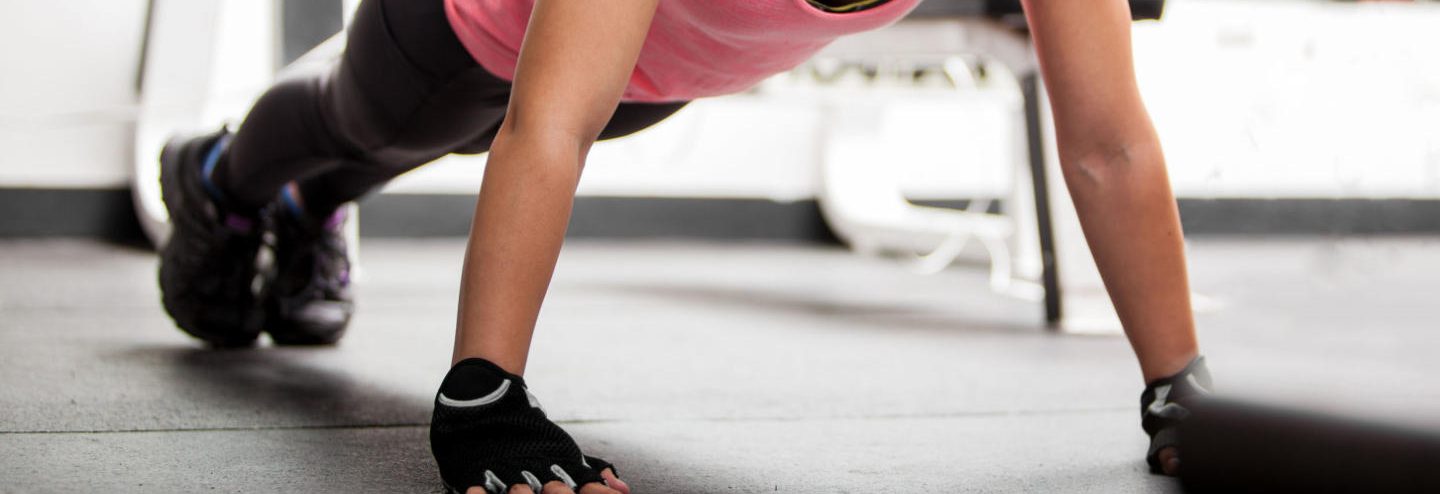As most of you know, I wear two hats in the gaming analysis world. There are some who might see my two roles as being opposed to each other. Quite frankly, at first, so did I.
Over the years, however, I realize they are more complementary than anything else. On one hand, I analyze games already created and write about them, with the goal being to educate the player to become the best possible he or she can be. On the other, I help invent games.
Some may think I do this using my knowledge of how players act to create games designed to trip them up. This simply is not the case. Even when working with inventors, I do my best to steer the game in a direction that offers the highest paybacks possible.
Let me be clear. Games are created with a house edge. If you consider that to be rigged, then there isn’t much more to discuss. No casino is going to purposefully put a game on the floor that has a player edge.
The one and only exception, to the best of my knowledge, is video poker, where there still remain some full-pay machines that pay over 100%. However, as most of these are at too low of a denomination to really do harm to the casino, they are content to let the very few profit at the expense of the overwhelming majority. In the last several years, I have had the pleasure of helping to develop Mississippi Stud and Ultimate Texas Hold’em. These two games boast paybacks in the mid to high 98% range and up. Part of the reason they are able to do this is because they require intricate strategy in order to achieve these theoretical paybacks.
This is also one of the reasons why video poker can offer such high paybacks. To achieve these paybacks require that a player play using a robust strategy that most do not bother to learn.
Slot machines in contrast offer absolutely no strategy. As a result, the casinos cannot rely on human error for any part of their profits and they must offer lower paybacks.
The same is true of side bets for table games. For the most part, it has pained me when I see the paybacks on side bets. It is not uncommon for them to be the mid 80% to low 90% range. Some go even lower into the high 70’s. Some side bets, especially progressives, offer huge payouts.
Players are willing to trade this low payback for the remote chance of the life-changing payout. Like slot machines, casinos must offer these lower paybacks because the side bets offer no strategy and they cannot rely on any human error to drive profits.
The problem with attempting to offer side bets with strategy is that it almost assuredly works against the basic strategy of the underlying game. This is a ‘no-no’ because the combined payback will now be lower than the two separate paybacks. Plus, it can require the player to learn some new hybrid strategy that may be more trouble than it is worth.
Less than a year ago, one side bet broke this model completely. I have to admit it is the only side bet that actually gets me excited. On the one hand, it is definitely a sidebet. On the other, it is almost an entirely new game within a game. Yet, if a player chooses not to play it, it does not impact the base game.
Quite frankly, even if he does choose to play it, it doesn’t affect the base game. But, it does require learning a strategy for the side bet. The game is called House Money and it is a side bet to blackjack.
The game is really quite simple. If you make the house money side bet, you will get paid if the first two cards dealt for blackjack are a Suited AK, a 2-Card Straight Flush, a Pair or a Straight. This works out to be about 21.5% of the time.
The most common payouts are 9,4,3,1 respectively (although there are multiple pay tables). Now, the fun begins. After you are paid for your side bet, you have the option to take all of your winnings (which includes the original side bet wager) and add it to the base blackjack wager.
This is after you have seen your two cards and the dealer’s upcard. So, if you’re dealt a 10-J suited, you will win 4-to-1 for your side bet. Assuming you wagered $5, you will now have the right to take the entire $25 (the $20 you won plus the $5 side bet) and add it to your base blackjack wager.
In the case of the 10-J you would always want to do this. The dealer will check for blackjack prior to you making this additional wager. That way you are not risking your winnings if the dealer has blackjack.
Imagine having a $5 wager on the base game and $5 on the side bet when dealt this hand. The dealer turns a 7 up and then flips over a 10. Your $5 side bet becomes $25, which turns your base into a $30 wager. When winning, you have $50 for being dealt a suited 10-J and taking the blackjack hand.
One strange fact about house money is that the payback of the side bet actually goes up with more decks. This is because some of the winning hands are more frequent with added decks. With 6 or 8 decks, house money pays more than 97% and it makes absolutely no impact on the base game of blackjack.
That said, it is imperative that you choose to let your winnings ride (i.e. cap your wager) at the right times and that you play proper blackjack strategy. If you are dealt a 5-6 against a 7 and choose not to cap your wager or cap your wager but then chicken out and not double down (requires doubling the entire wager), then you will not achieve the 97% payback.
All casino games have a house edge
Закладка Постоянная ссылка.






